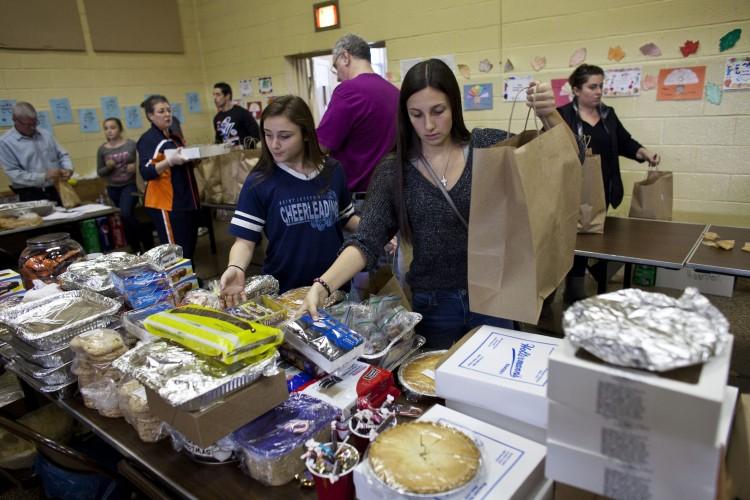Sandy Bringing Long Term Pain to Staten Islanders
Many Staten Islanders are still suffering from Hurricane Sandy, especially on the island’s hard-hit eastern shore.

Staten Island's Eastern shore is on the right. Much of the red area, which signifies a Zone A (or prone to severe flooding areas), is within the 60th Assembly District, where 22 of the 24 deaths on Staten Island caused by Hurricane Sandy occurred. The yellow signifies Zone B areas and the green Zone C, which means they are less prone to flooding in case of a severe storm. Screenshot, nyc.gov Hurricane Evacuation Map

Zachary Stieber
Senior Reporter
|Updated:
Zachary Stieber is a senior reporter for The Epoch Times based in Maryland. He covers U.S. and world news. Contact Zachary at [email protected]
Author’s Selected Articles





